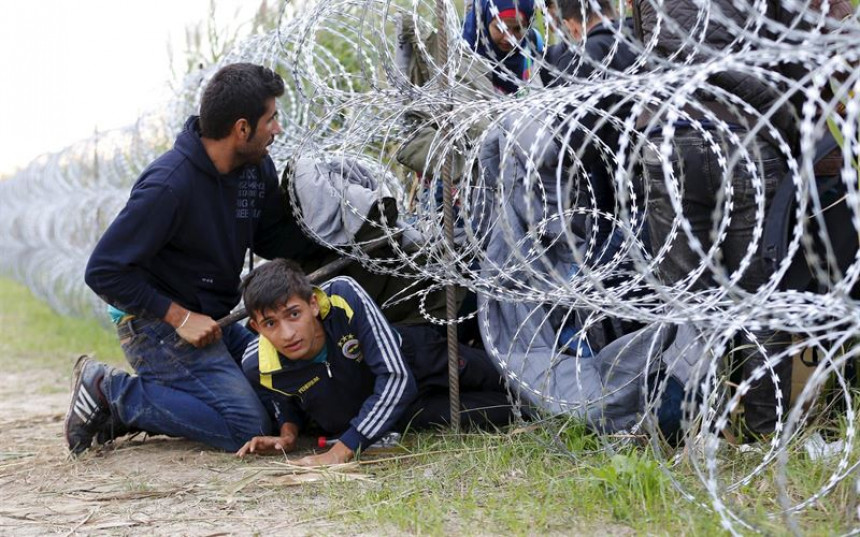
The abolition of controls on the movement of people at internal borders of the Member States is a relatively recent phenomenon. It began in 1995 with the entry into force of the Convention implementing the Schengen Agreement (CISA). This international treaty drawn up by a group of Member States was the first step aimed at pooling the issues relating to the control of migration flows and the central foundation stone of the so-called area of freedom, security and justice. In essence, it represented the abolition of systematic inspections of people crossing the borders between participating States and moved it to the external borders.
In Schengen on 14th June 1985, five countries signed an agreement on the gradual abolition of checks at common borders (Belgium, Netherlands, Luxembourg, Germany and France). The Agreement provides for the adoption of a package of measures within five years, ultimately, it did not take place. Failure to meet these objectives led to the 19th June 1990 signing of the Convention implementing the Schengen Agreement of 14th June 1985 on the gradual abolition of checks at common borders (CAAS), which came into force on 26th March 1995.
Originally, signatories were confined to the aforementioned participants, although this circle has gradually extended to the rest of the European Union, except Ireland and the United Kingdom. These two countries are not parties to the CISA and Schengen is therefore not applicable to them. However, they maintain a special status that allows them to request at any time to participate as long as the rest agree unanimously. In addition, the UK and Ireland are entitled to exercise the vigilance they deem necessary to verify the right of entry of EU citizens and members of their families who benefit from the free circulation within the Community, and decide on the granting of the right of entry to other nationals from third countries.
Intra-Community controls have been removed
Subsequently, the accession of new members has led to a partial increase of participants in the Schengen area. The elimination of controls and their transfer to the external borders of the new states required authorisation from the Council, after accession, which expressed that they met the necessary criteria to apply the entire Schengen stipulations. This was done with most of the acceding countries, so that today, all the EU except Cyprus, Bulgaria, Romania and Croatia, and the aforementioned UK and Ireland, are part of Schengen and share an external border.
Now this body of standards is also applicable to countries that are not members of the EU, and they are associated and fully incorporated into Schengen. We refer to Norway, Iceland, Switzerland and Liechtenstein. Norway and Iceland have been contracting parties to the CISA since 19th December 1996, the date of accession of Denmark, Finland and Sweden, given that the five were







